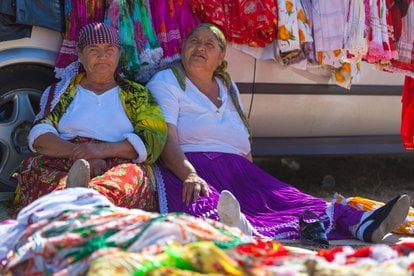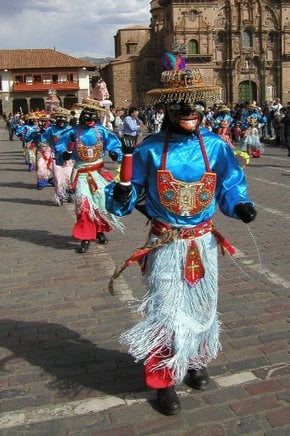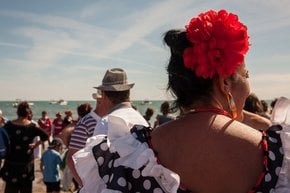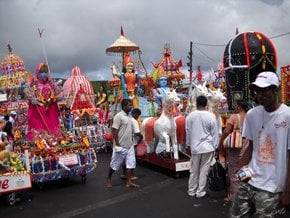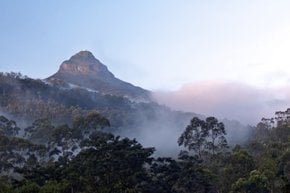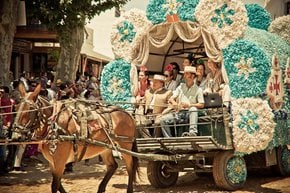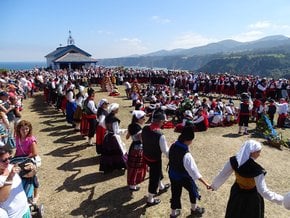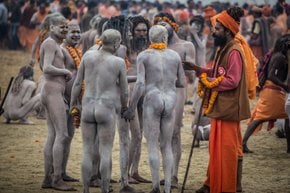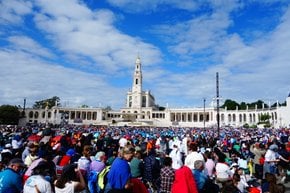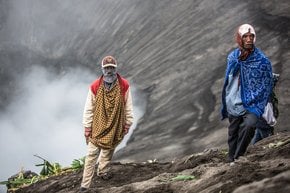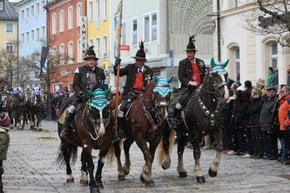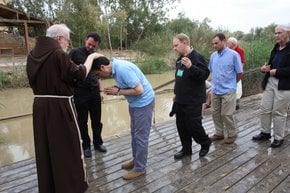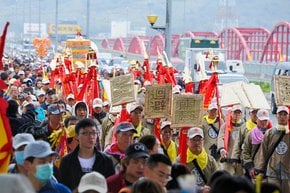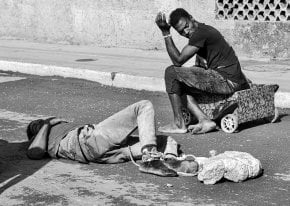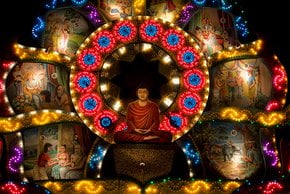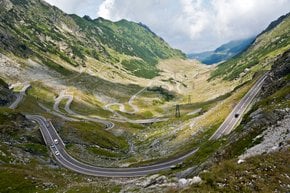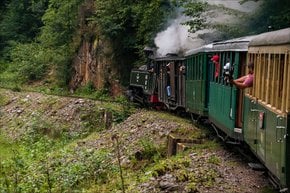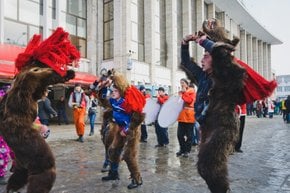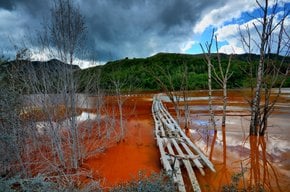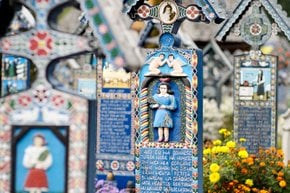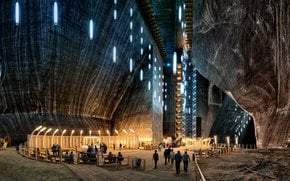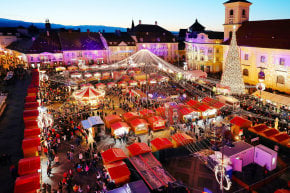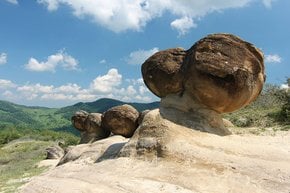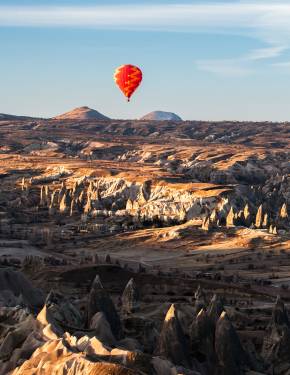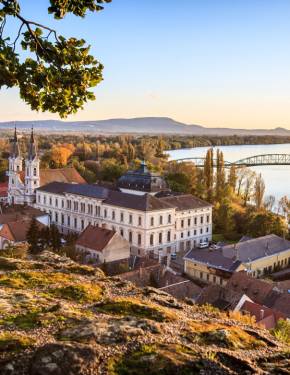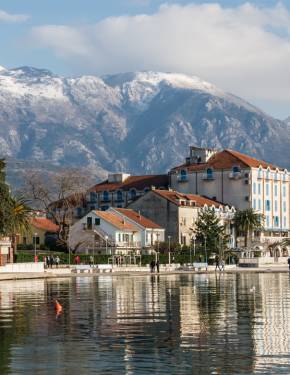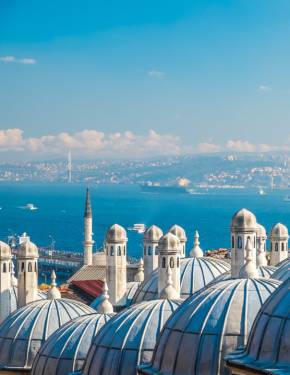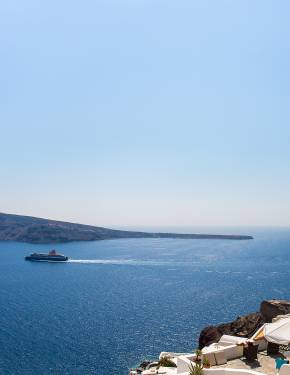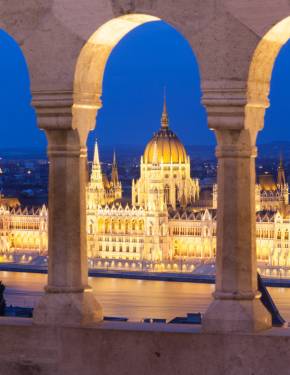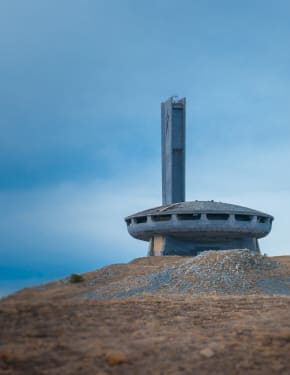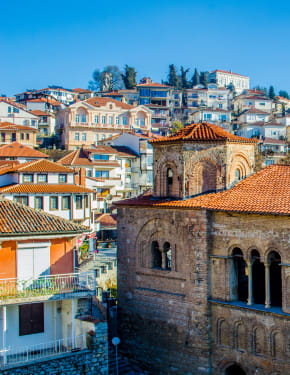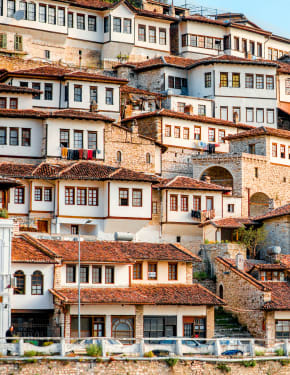St. Mary in Costești 2026, Romania
Tens of thousands of Roma people annually gather in Costești to celebrate the Birth of Virgin Mary
Dates: September 8
Every year on September 8, the largest European Roma community makes a pilgrimage to the Bistrița Monastery in Romania. Tens of thousands of Roma gather to pray, participate in various traditions, and celebrate together.
Celebration Highlights
After the religious service, participants gather on the hillside near the monastery, where hundreds of tents are set up in a special hierarchy. The largest and most prestigious tents are located at the top of the hill, symbolizing the status of the families who own them. The Roma King is also present, celebrating alongside his people.
Holiday Significance
The celebration features a seemingly endless line of tables laden with a wide variety of dishes, including chicken, turkey, roasted lambs, piglets, fruits, and abundant wine. Attendees share food, play traditional music, dance, and celebrate until dawn. The event also features a market where Roma sell various goods, including second-hand items, balloons, and toys. Additionally, some families use this occasion to arrange marriages for their sons and daughters. This holiday is highly significant for the Roma community and is one of the most eagerly anticipated events of the year.
Bistrița Monastery History
Bistrița Monastery is a Romanian Orthodox monastery located in Bistrița village, Costești Commune, Vâlcea County, Romania. Initially built between 1492 and 1494 by the Craiovești boyars, it was destroyed in 1509 by Mihnea cel Rău and subsequently rebuilt between 1515 and 1519 by the Craiovești. The monastery was rebuilt for a third time between 1846 and 1855, following the damage sustained during the 1838 earthquake. The new church was painted by Gheorghe Tattarescu.

